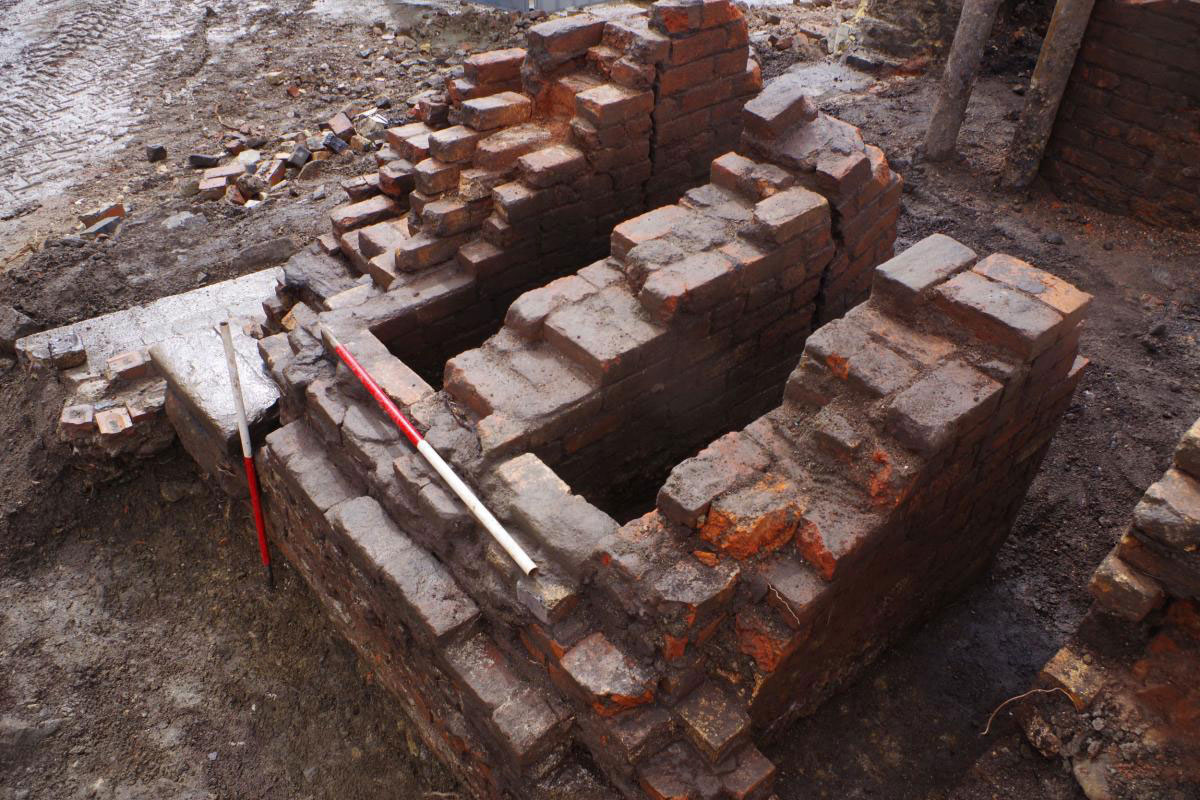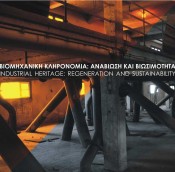Hailed as the birthplace of the city, excavations on the site of Sheffield Castle have revealed archaeological features and structures that heat up the city’s industrial heritage.
The 10-week dig is part of Sheffield City Council’s Castlegate regeneration project. The excavation, overseen by construction engineering specialists Keltbray, will uncover and preserve the castle’s imposing medieval gatehouse.
Like most excavations, it all starts with a map – and for this part of the site, on top of Castle Hill, it’s the 1850s Ordnance survey map and some important research questions which drive us.
Reaching the first archaeological horizon
Having removed the modern concrete foundations of the former market and some of backfill deposits beneath it, a few structures began to emerge. We had reached the first archaeological horizon and were firmly in the 19th century.
As we got to work carefully removing the loose rubble infill surrounding the structures, a few bricks were left hung in the air, the remnants of a vaulted ceiling. After carefully recording these remains we dug deeper and were surprised to find that the cellar was that of a crucible furnace. Distinctive rows of brick bays were unearthed – the remains of ash or ‘rake out’ pits below the furnace. These furnaces would have been used to refine blister steel into higher quality crucible steel. Suspecting that there would be stairs somewhere we set out to dig in a likely spot and revealed four curving steps descending down to the cellar. The steps are shown on the 1850s Ordnance Survey map, but came as a surprise on the ground as the base of the steps had been bricked up. The furnace was previously unknown and does not appear on consulted maps.
This cellar would have been a hot, unpleasant place when the crucible furnaces above were working. Reaching temperatures of 1200 degrees centigrade, the firing process was hot and efficient, but it also produced lots of ash which needed to be cleared. The ash would fall into the ‘rake out’ pits below, where a worker, perhaps a young boy, had the back-breaking job of removing it.
During the initial machining of the demolition layers, archaeologist Marijane Porter excavated a Sondage (a type of deep trial trench in a small area to confirm the deposit sequence) down through the cellar backfill.
Having dug through a dark black clay layer towards the base of the floor of the furnace, we found loads of pieces of ceramic fused together- one of the volunteers suggested it might be part of some sort of vent or cowl– but we won’t know more until it’s processed by our finds specialists!
Unmapped furnaces survive on castle mound
Finding the remains of crucible furnace like this is really exciting not only does it show that unmapped furnaces survive on the castle mound, it begins to tell the full picture of the steel working process – which is one of our research aims for this excavation.
In the 2018 trial trench evaluation, we found parts of a cementation furnace which would have produced blister steel. Blister steel was refined in a crucible furnace to produce a higher quality more homogeneous product so finding the two furnaces from the same works may be evidence of processes and workflow at the Castle Hill Steel Works.
As we undertake the final stages of systematically recording the furnace, our next step is to go deeper into Sheffield’s rich archaeological past.





